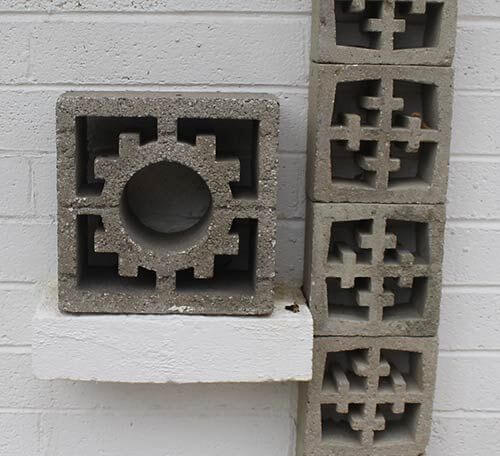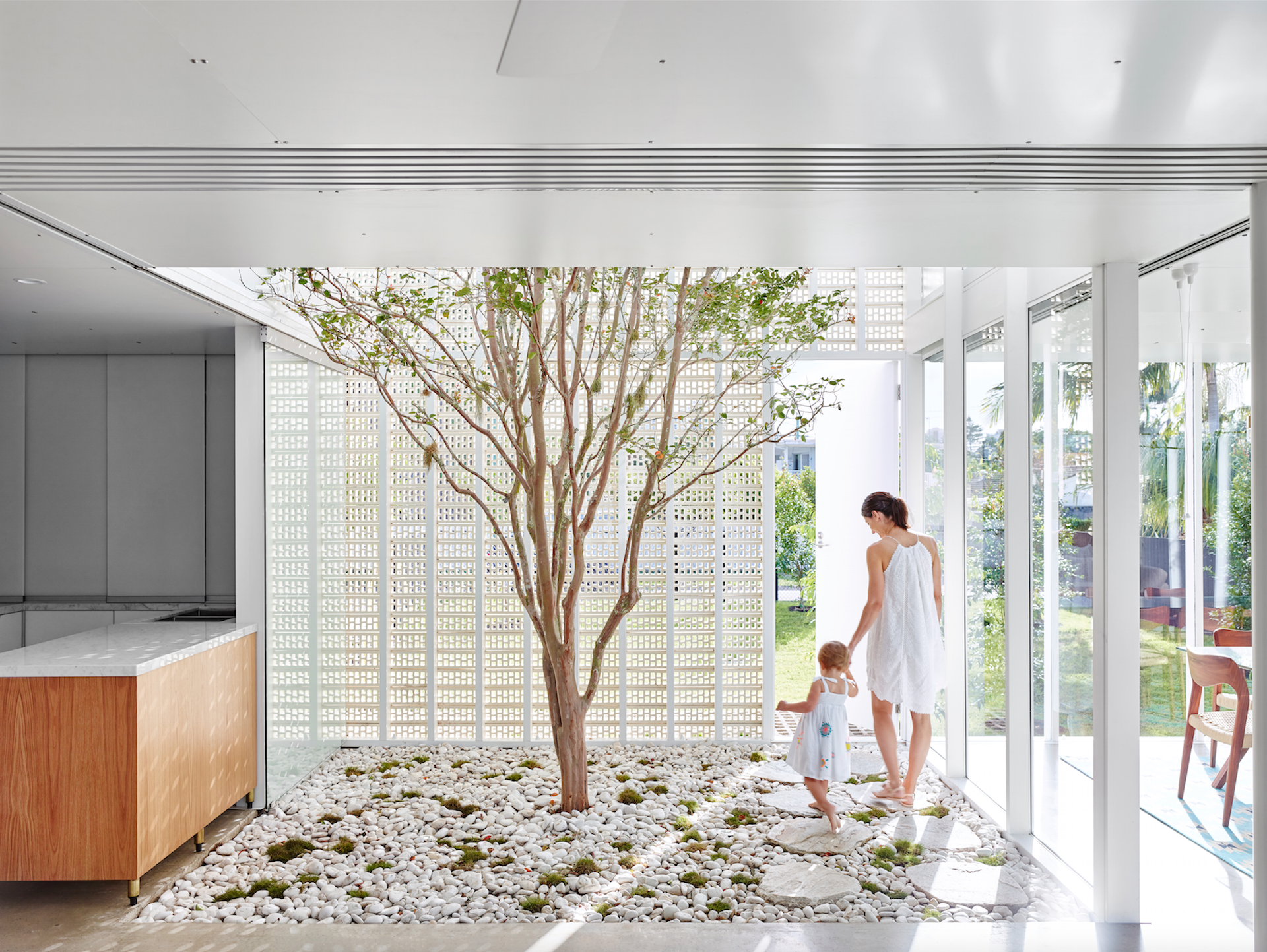

With smashing success, Stone and the landscape architect incorporated a large atrium, reflecting pools, courtyards-and a long, gauzy screen constructed from blocks hollowed out to create a circle motif, each embellished with one gold knob. The company’s owner charged Stone with devising a “ completely new building concept” that would be efficient but timeless, and make use of the Southern California climate. In 1956, he brought his decorative breeze blocks to Los Angeles-and the rest of the U.S.-with the Stuart Company headquarters in Pasadena. Stone’s blocks were functional, but not structural. The difference? Wright’s blocks, while also decorative, were designed to bear weight. In that decade, Frank Lloyd Wright was also using textile concrete blocks to pioneer a new Southern California aesthetic. For centuries, “ screens of stone, wood, and clay shaded and ventilated buildings in arid regions.” As Ron and Barbara Marshall observe in Concrete Screen Block, the curtain wall outside the American Embassy closely resembled the cast concrete walls of Notre Dame du Raincy, built in the early 1920s. According to the New York Times, the embassy “became one of the best‐known pieces of American architecture of the decade.”īut the curtain wall wasn’t a totally original idea think of the brise-soleil. Each of the blocks was punctured with the same intricate pattern, and together they formed a concrete wall that looked like a delicate lace curtain. The embassy was a simple white box, but it was enclosed behind an ornate screen formed from hundreds of one-foot square cinderblocks. The breeze block craze is deeply rooted in Southern California, but it was ignited half-way around the globe in 1954, when American architect Edward Durell Stone designed the new American Embassy in New Dehli. But breeze blocks had staying power many are still around today. The fad ultimately fizzled out in the 1970s. They were perfectly suited to Southern California, the land of sunshine and the cradle of modern design. On some buildings, the fences and grills were small and discreet other times, they were mammoth in scale.

They served as ornamentation on hotels and storefronts and bedecked the entryways of ordinary homes. They encircled swimming pools, wrapped around churches, and screened parking garages.

Images of breeze blocks in West Coast magazine articles and advertisements ultimately linked breeze blocks to California style, according to Chicago-based architectural historian Anthony Rubano. “It became a real way to popularize modern design.” “Everybody could order a bunch of concrete blocks and use them,” says Alan Hess, a Southern California architectural historian. The blocks were cheap, and local manufacturers, who organized a big publicity blitz, created hundreds of patterns. But a barrier of breeze blocks could be placed in front of the glass, filtering sun without hindering ventilation.
Decorative breeze blocks windows#
One of the hallmarks of the style-floor-to-ceiling glass windows and walls that blurred indoor and outdoor living-were terrible insulators. Breeze blocks were the perfect companion to modernist buildings. In those two decades, Americans shunned classical designs in favor of simple lines and experimented with concrete and prefabricated building techniques. Mounted together, they form a striking pattern.īreeze blocks caused a sensation in the 1950s and ’60s.

The name refers to a perforated concrete wall made up of individual blocks, each pierced with the same shape, most commonly a cross or circle. But none were as useful and affordable-or had as much panache-as breeze blocks. Before the proliferation of air conditioning, designers devised lots of clever ways to keep buildings cool: cupolas, external blinds and awnings, transom windows.


 0 kommentar(er)
0 kommentar(er)
